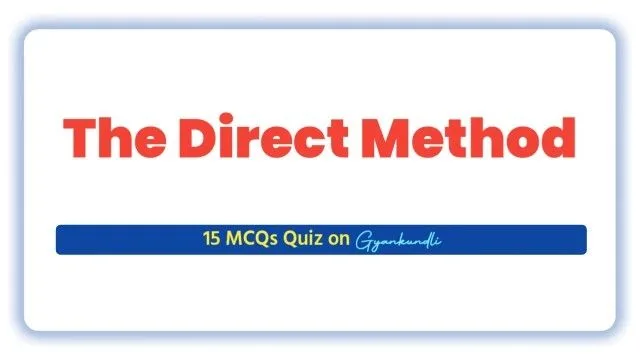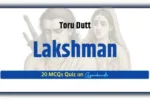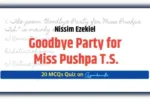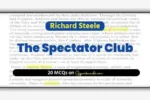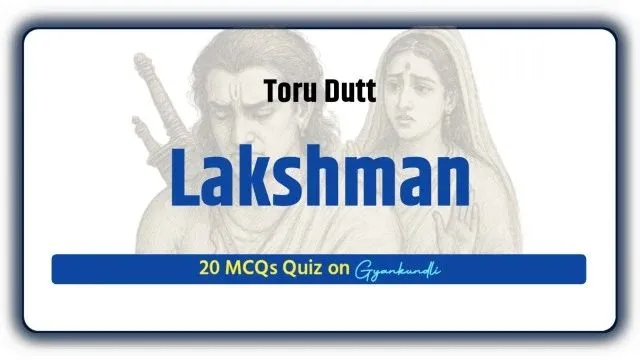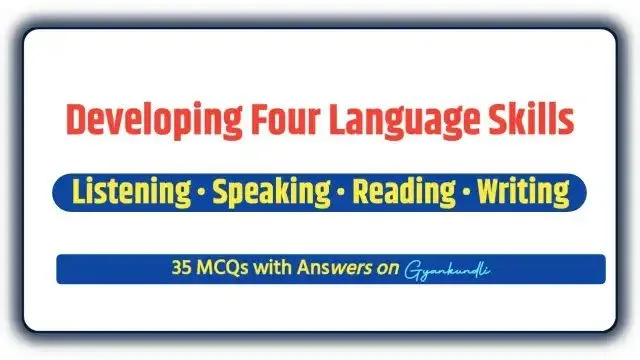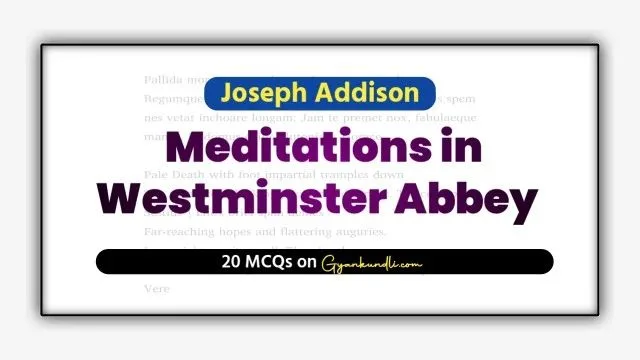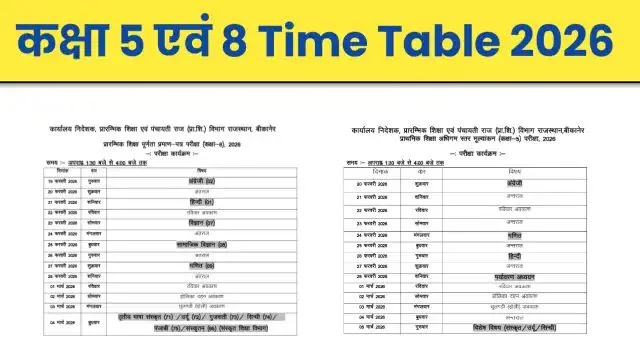The Direct Method MCQ Quiz : The Direct Method of language teaching developed as a response to the Grammar Translation Method. It is based on the belief that a learner should think and speak directly in the target language, without translating from the mother tongue. English is taught through English only. The learners learn by listening, speaking, reading, and seeing actions or pictures instead of translating or studying grammar rules first.
According to H.G. Palmer, key features of this method include:
-
No translation or use of the mother tongue
-
Inductive grammar teaching (rules are learned through examples)
-
Speaking before writing
-
Use of real context, actions, or objects to explain meanings
-
Systematic pronunciation training
Main Aims of Direct Method
The goal is to create a natural connection between thoughts and language. Like learning one’s mother tongue, learners should understand and use English without thinking of Hindi or any other native language. This leads to what is called a natural language sense—speaking and writing English fluently without relying on rules.
Core Principles of Direct Method
-
Oral Training: Focus on speaking and listening.
-
Avoiding the Mother Tongue: Learners think in English.
-
Sentence First: Sentences are taught before individual words.
-
Grammar is taught inductively: Learners form their own rules based on usage.
Advantages of Direct Method
-
It’s a natural and practical method.
-
Helps learners gain fluency and confidence.
-
No gap between active and passive vocabulary.
-
Based on sound educational principles.
Limitations of Direct Method
-
Critics say it ignores reading and writing.
-
Not all aspects of language learning are covered.
-
Some experts like Michael West feel it is a principle, not a complete method.
Comparison of Direct Method with Grammar Translation Method
Unlike Grammar Translation Method, the Direct Method:
-
Avoids translation,
-
Teaches by use, not rules, and
-
Starts with spoken English, not grammar.
The Direct Method MCQ Quiz of 15 Questions
Note : If you find any error(s) in the quiz, write it down in the comment section
Discover more from Gyankundli
Subscribe to get the latest posts sent to your email.
